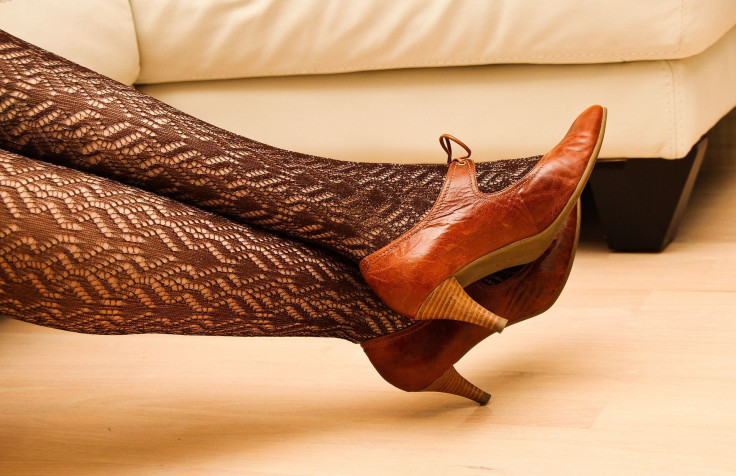The Height Of Womens' High Heels Depends On Their City's Socioeconomic Status; Consumers Conform To Styles Of Wealthy

Whether we’re aware of it or not, we all have a personal style. We use clothing to portray ourselves to the world in a certain way. Businessmen wear suits to assure others of their professionalism, for example. Women, claims a new study, project wealth simply through the height of their heels.
Women tend to adopt local trends when traveling or moving to wealthier cities but ignore them when moving to poorer ones, found study co-author Kurt Gray. He and his colleagues analyzed thousands of shoe purchases made by women who have moved to different cities.
“In other words, women want to look like rich girls, and different from the poor girls,” said Gray, an assistant professor of psychology at the University of North Carolina at Chapel Hill, in a statement.
Gray and his team, which included researchers from Carnegie Mellon University and Yale University, linked up with a massive online fashion retailer to gain access to data on women’s purchases. They looked at five year's worth of shoe shopping, totaling 16,236 transactions, by women who had moved to one of 180 United States cities.
It can be difficult to quantify style choices, so the team focused on an objective measurement: the height of high heels. This number changed as women moved, but not uniformly. When a woman moved to a city with high status, like New York or Los Angeles, the height of purchased heels closely matched that of shoes other women in the same zip code had bought. This demonstrates a desire for conformity, the researchers believe, one that contrasts sharply with what happened when women moved to a city with a lower socioeconomic status. In this situation, the heel heights of their shoes more closely matched those of their past purchases, suggesting a desire to maintain individuality.
The researchers call the phenomenon “trickle down conformity,” and wrote that fashion ideas and preferences usually travel from the top down and not the reverse.
“Walmart watches the style on the runways in Milan, but Milan never watches the styles at Walmart,” Gray said. “From the beginning of time, people have thirsted for respect and social standing, and have aligned themselves with the powerful and distanced themselves from the powerless. So it makes sense that they do the same with heel sizes.”
Gray also mentioned another possible reason for the conformity: The income gap in America is widening, and the more inequality there is, the more people want to look rich. These feelings would encourage retailers to offer low-priced items that looked high-class. Gray and colleagues conclude that the fashion industry isn’t just about making money, but “letting people look like they belong with money.”
Source: Galak J, Gray K, Elbert I, Strohminger. Trickle-Down Preferences: Preferential Conformity to High Status Peers in Fashion Choices. PLOS One. 2016.
Published by Medicaldaily.com



























